 |
| Dien Huu Pagoda simulated using virtual reality technology. (Produced by Sen Heritage Group) |
"Touch" the heritage
Simulating the entire architecture of One Pillar Pagoda and Dien Huu Pagoda during the Ly Dynasty using virtual reality technology, recreating the lamp stand and the Tu Di pagoda of the infant Sakyamuni more than 1,000 years ago from archaeological documents, historical documents, ancient texts, architectural features and scientific research, applying virtual reality technology (VR), the Sen Heritage group has re-established and brought traditional Vietnamese historical and cultural values to the public.
The application of technology (VR-AR-augmented reality) has realized scientific hypotheses and recreated heritages and artifacts, bringing new life to artifacts and heritages. The exhibition " Discovering the architectural heritage of One Pillar Pagoda - Dien Huu in the Ly Dynasty using virtual reality technology" recently at the Vietnam Museum of Fine Arts attracted thousands of visitors, experiencing the space and artifacts through VR glasses. Visitors can "travel through time", leisurely "walk" in Dien Huu Pagoda, watch the lotus pond from both sides of the corridor, admire and interact with the heritage.
As a heritage lover and technology enthusiast, Dinh Viet Phuong is a name associated with the 3D exhibition "Hanoi - historical perspectives", recreating French architectural heritage, restoring Hanoi's Old Quarter using 3D technology. Combining digitalization of artifacts from historical data, architect Dinh Viet Phuong and PinArt restored the original statue of Quan Am with a thousand hands and a thousand eyes of Bao An Pagoda, and simulated the white glazed porcelain tower typical of the Ly Dynasty.
During the process of restoring the stone pillars of Dam Pagoda, re-investigating the scene and the remaining traces of the stone pillars, independent researcher Dao Xuan Ngoc directly participated in the archaeological excavation. He and the 3DArt group used 3D technology to simulate the stone pillars of Dam Pagoda (Bac Ninh), thereby introducing the overall reconstruction of the architecture of Dam Pagoda on the archaeological site...
Some state agencies are also not out of the game with technology, the Imperial Citadel Research Institute has also applied digital technology to restore part of the Thang Long Imperial Citadel heritage from research and the system of relics and artifacts discovered (at the excavation pits of the site 18 Hoang Dieu). Taking advantage of the advantages of the internet and digital technology, museums and relic sites are actively implementing digital transformation, creating an environment for exploration and experience for viewers.
3D products have been available at some museums to increase interactivity and serve the public. The Thang Long-Hanoi Heritage Conservation Center organizes online exhibitions and 360-degree virtual tours to introduce dynasties associated with the Thang Long Imperial Citadel. The National Museum of History applies 3D online tour technology to promote works of art and national treasures.
The Center for Cultural and Scientific Activities of the Temple of Literature - Quoc Tu Giam has implemented many projects related to digitalization such as applying 3D mapping projection technology to contribute to heritage education, virtual tour assistant system applying AI technology, 3D virtual tours on the internet, experiencing relics using VR 360 virtual reality technology...
Grasping the trend, many groups of young people passionate about heritage and technology have built their own ecosystems for heritage. The Vietnam Centre group promotes the use of technology and social networking platforms to promote and spread historical and cultural elements widely. Researching and scanning original artifacts, based on ancient documents and records, the group has digitized and recreated costumes and ceremonies of the Le Dynasty court, and Vietnamese armor.
Using virtual reality and augmented reality technology, the group has created a new look for the heritage. In addition, the group has also launched bilingual publications "Weaving the Dynasty", "Silver Skin", simulated and produced costumes, increasing the experience of detailed images and vivid sounds for their products...
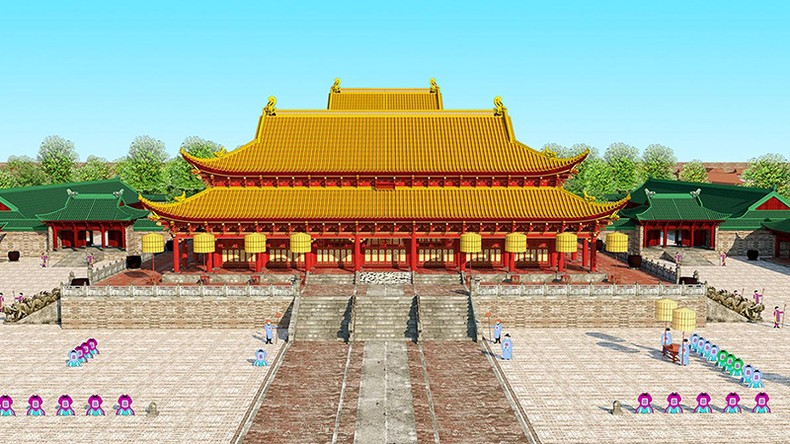 |
| Thang Long - Hanoi Heritage Conservation Center coordinated with units to recreate the space of Kinh Thien Palace on 3D perspective. |
Heritage needs the "handshake" of technology
The process of replicating and restoring heritage is difficult because the original artifacts only remain in part or are fragments and ruins. Heritage researchers must rely on collected documents, research, access data, come up with many hypotheses and join hands with technology companies to create digital heritage products. With advanced technology, relic spaces, artifacts, historical contexts, etc. are all vividly recreated in a new form, joining the pace of contemporary life.
Digital technology is not only a technique but also opens up a treasure trove of human knowledge that has been and has not been discovered, bringing positive values in restoring, preserving and promoting heritage values. Not only digitizing tangible cultural heritages, the application of digital technology to intangible heritages is completely possible. Associate Professor, Dr. Tran Trong Duong (Han Nom Institute, Vietnam Academy of Social Sciences) said: In Italy, technologists have digitized a migration map of ancient Greece, in which the landscape, space and architecture of that period are restored.
With an optimistic attitude, Mr. Tran Trong Duong believes that it is completely possible to apply such digital technology in recreating the work "Hoang Hoa Su Trinh Do" which has been recognized by UNESCO as a World Memory Heritage in the Asia-Pacific region.
Not only that, digital technology also effectively supports the restoration of original heritages, treasures, and antiques that are currently scattered abroad. Specifically, the painting "The Great Master of the Bamboo Forest Leaving the Mountain" is being kept at the Liaoning Museum (China) and the opportunity to bring the culture of the Truc Lam Zen sect nearly 1,000 years ago to the present through digital technology is possible.
The original heritage has not been repatriated, but high-resolution digital heritage has appeared online, providing data on costumes, landscapes, rituals, describing the process of King Tran Nhan Tong practicing and attaining enlightenment, returning to the capital before moving to Yen Tu. It can be said that in the near future, historical knowledge, rituals, culture, and festivals will be digitized, serving as a bridge for the public to access heritage, becoming digital assets of the nation and people.
Currently, in localities, the digitization of heritage is being carried out depending on resources. However, the digitization process is still at a simple level with the basic technique of scanning archaeological artifacts, statues, architectural works, and available patterns. This process is only for archiving documents and preserving artifacts, laying the foundation for future digitization work.
Vietnam's heritage resources are extremely abundant, spanning the length of the country's history. Digitalization needs to be carried out in parallel with the application of technology, investment, and exploitation to develop cultural industries. Therefore, a comprehensive strategy and plan is needed to promote the preservation and promotion of the value of heritage resources. The handshake between heritage and technology is promoting the formation of new concepts of derivative heritage, which have never been legalized and require an accompanying legal system.
From there, there will be a mechanism to promote researchers to have good products, technology workers will have digital products with high applicability in life, then heritage will truly promote its value. The Ministry of Culture, Sports and Tourism needs to research and make the concept of digital heritage an official concept in the Heritage Law. Once legalized, policies on investment, design, copyright, network security, and product commercialization will contribute to promoting the digitization of heritage.
The goal of the program to digitize Vietnam's cultural heritage in the 2021-2030 period is to build a national database system on cultural heritage on a unified digital technology platform. Currently, Vietnam does not have a major in training in digital heritage. State agencies have invested in infrastructure, but human resources and digital implementation capacity are limited. Officials are mainly research experts or managers who are not familiar with technology.
To have the current digital heritage products, heritage scientists, archaeologists, and researchers must combine private companies and external resources to implement digital packages for artifacts. Therefore, the Ministry of Culture, Sports and Tourism needs to soon build a digital database, an institution to serve digital transformation, and have a strategy for training staff so that in the near future, there will be the first digital heritage experts who can undertake the goals of the Vietnam Heritage Digitalization Program.
nhandan.vn

![[Photo] Vietnamese and Hungarian leaders attend the opening of the exhibition by photographer Bozoky Dezso](https://vphoto.vietnam.vn/thumb/1200x675/vietnam/resource/IMAGE/2025/5/28/b478be84f13042aebc74e077c4756e4b)


![[Photo] Prime Minister Pham Minh Chinh receives a bipartisan delegation of US House of Representatives](https://vphoto.vietnam.vn/thumb/1200x675/vietnam/resource/IMAGE/2025/5/28/468e61546b664d3f98dc75f6a3c2c880)

![[Photo] 12th grade students say goodbye at the closing ceremony, preparing to embark on a new journey](https://vphoto.vietnam.vn/thumb/1200x675/vietnam/resource/IMAGE/2025/5/28/42ac3d300d214e7b8db4a03feeed3f6a)
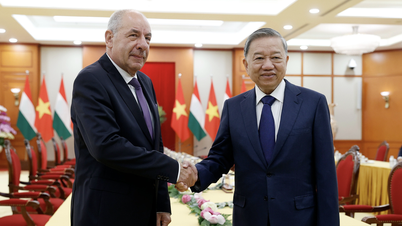

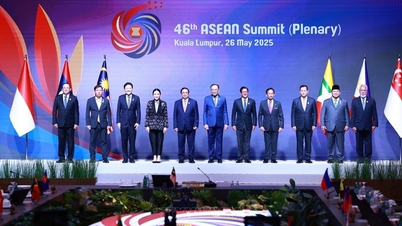

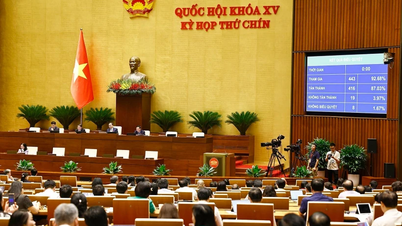
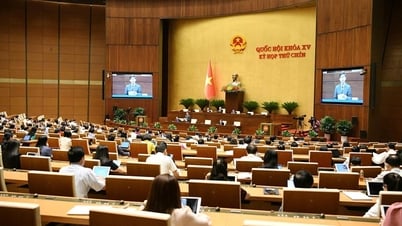

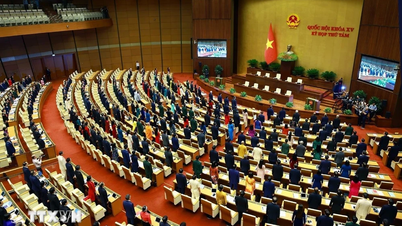
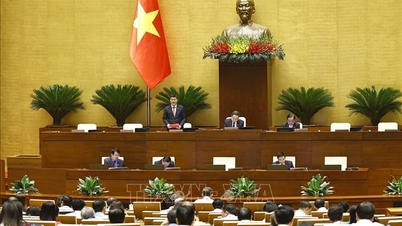





![[Video] 11 facilities to train Vietnamese nuclear power human resources by 2035](https://vphoto.vietnam.vn/thumb/402x226/vietnam/resource/IMAGE/2025/5/29/385705bde0f94a818864a8dac86de27c)

![[Video] Do not self-treat with antiviral drugs when infected with Covid-19](https://vphoto.vietnam.vn/thumb/402x226/vietnam/resource/IMAGE/2025/5/29/4cabcd5ffc6a4911b321c0907f9905ba)
![[Video] Recommendations from the Ministry of Health during the peak of dengue fever](https://vphoto.vietnam.vn/thumb/402x226/vietnam/resource/IMAGE/2025/5/29/5cd66c373c99463297451d4cac731736)
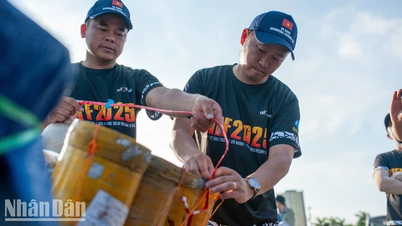






















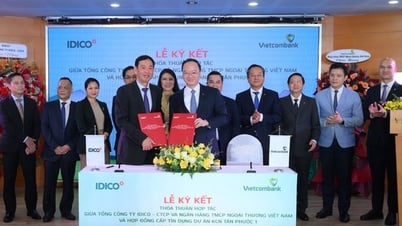
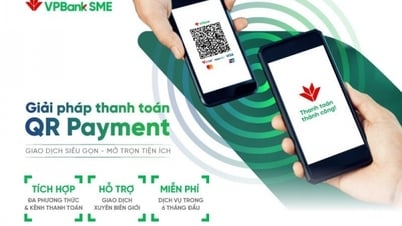






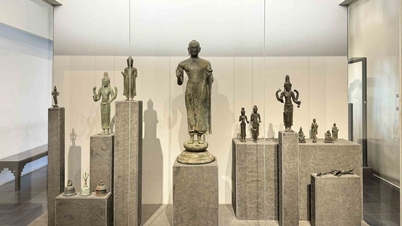
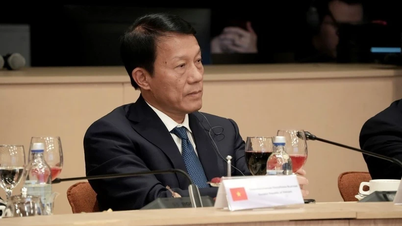
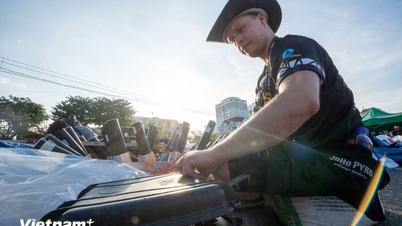




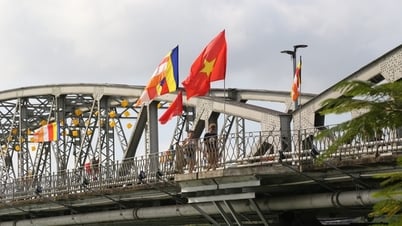

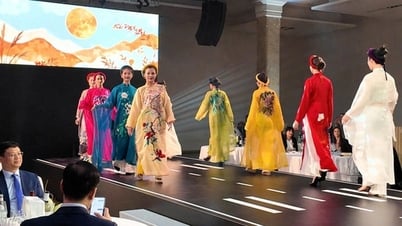

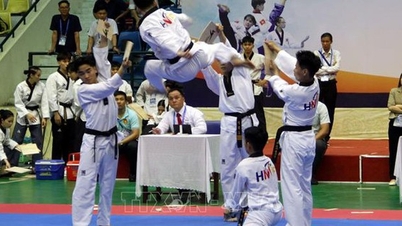
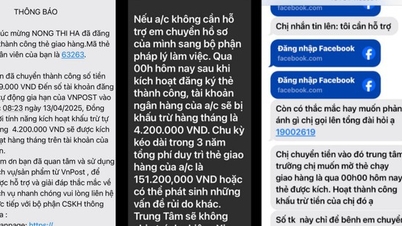

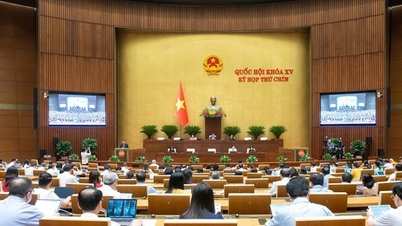
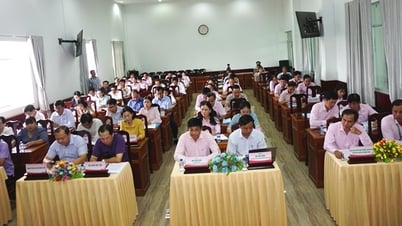
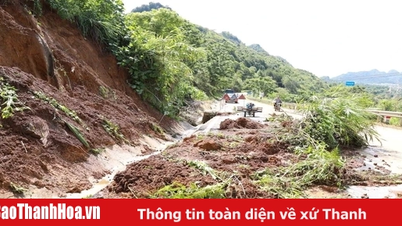



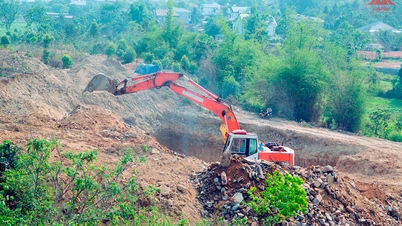

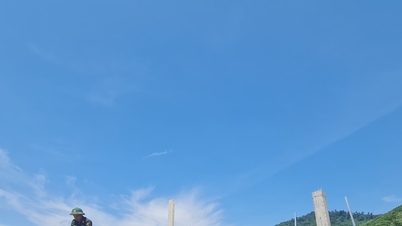

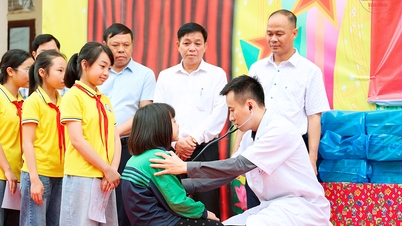






Comment (0)